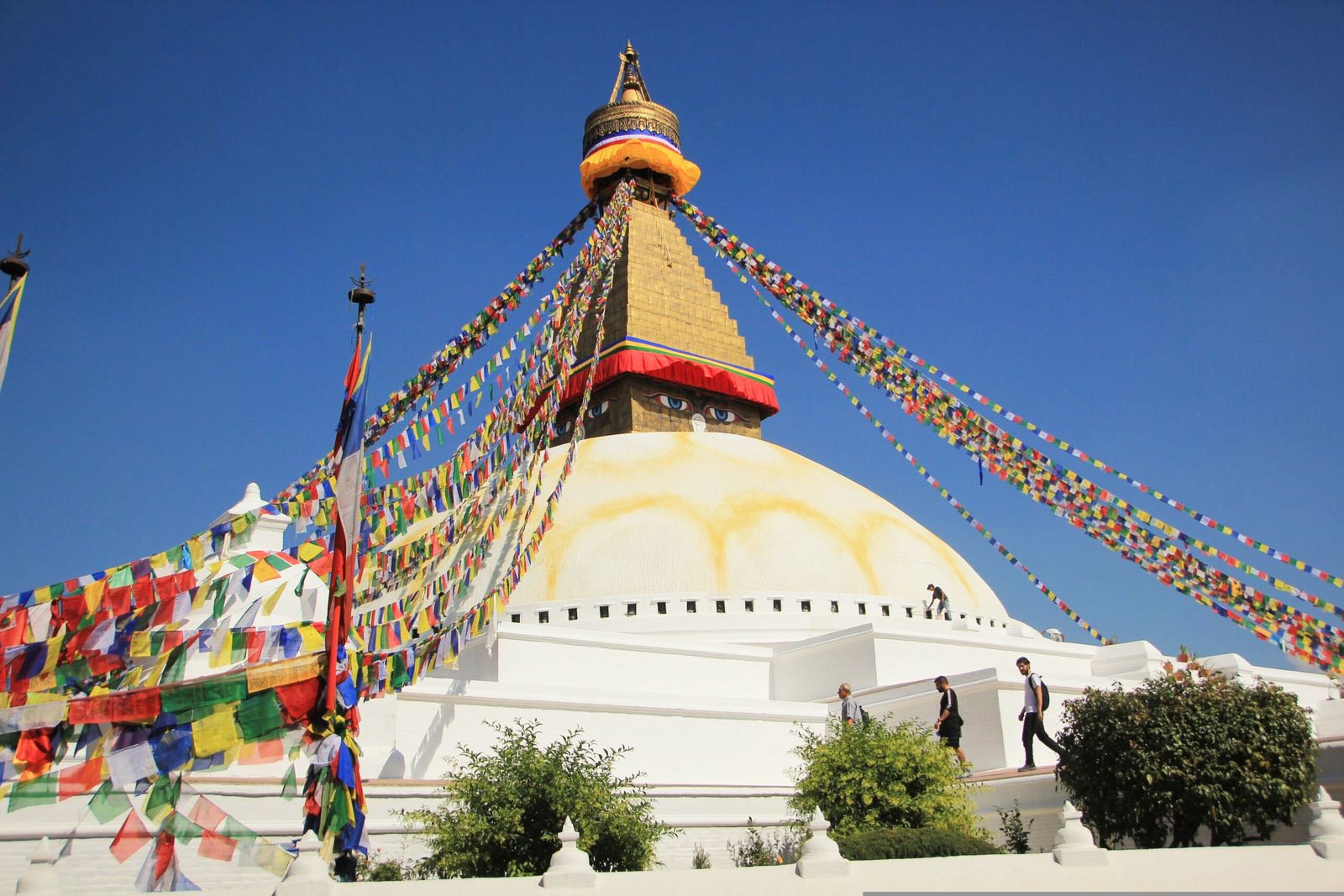
There are very few people on Earth who do not appreciate the beauty of mountains. You must have seen five-colored flags in various places in Himachal Pradesh, Nepal, Bhutan, and Tibet, often hung on bikes, cars, or rooftops.
Why are they there?
What is their history?
What do these flags signify?
What is special about the Ladakhi flag?
The reason you see five-colored flags on tourist vehicles is that the Ladakhi flag represents Buddhism. This flag has some mantras inscribed on it in Tibetan language. However, tourists in Ladakh use this flag for its beauty. But in reality, the history or mystery is a bit different. This flag is considered a symbol of prayer in Buddhism. The significance of Buddhism is unparalleled, and this flag is revered as a prayer flag. Everything from the mantras inscribed on the flag to its colors has deep meaning. According to Buddhism, this flag sends messages to heaven through the wind.
According to Tibetan beliefs, this flag is called Lung Dar. These flags are divided into five colors: white, blue, yellow, red, and green.
Also Read:Full details Leh Ladakh in winter
Each color represents something
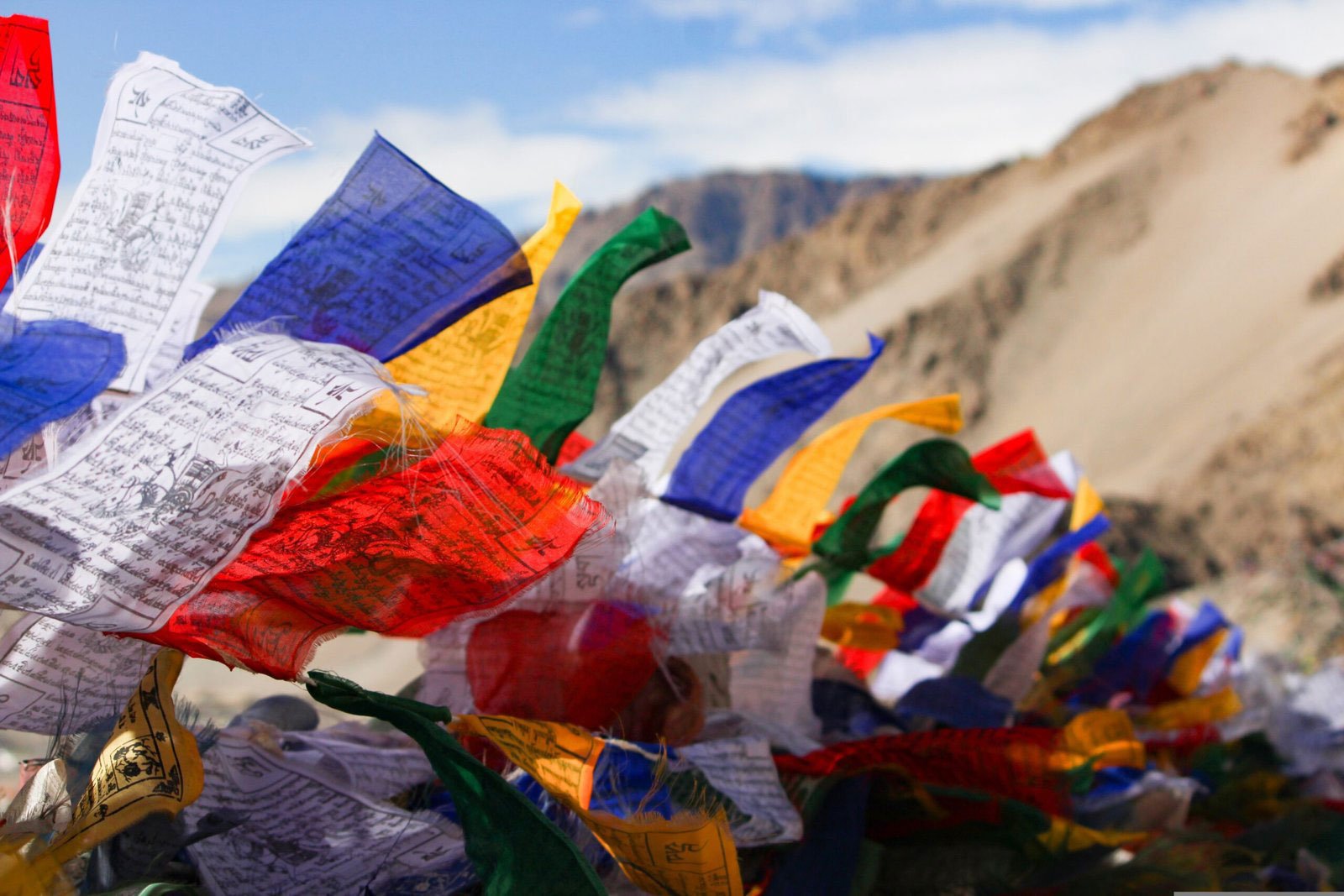
-
-
- Blue represents the sky.
- White represents the air.
- Red represents fire.
- Green represents water.
- Yellow represents the earth.
-
These five colors also indicate the directions: southeast, northeast, southwest, northwest, and the center of the Earth.
We have seen that the Lung Dar flags have mantras written in the Tibetan language and also include some images.
The images are: a lion, a tiger, a dragon, a bull, and, in the center, a horse. This horse is not an ordinary horse. In Tibetan language, Lung Ta means: Lung refers to wind, and Ta refers to horse. It is a mythical creature that carries the life force or energy of Buddhists and helps communicate with the divine. The mantras written on this flag are meant to be carried away by the wind. This means the sacred mantras on these flags are carried by the wind and spread to all parts of the environment when the wind blows. The wind silently carries and spreads positive energy and spiritual vibrations throughout the surroundings.
Also Read:Best Time To Spiti Valley
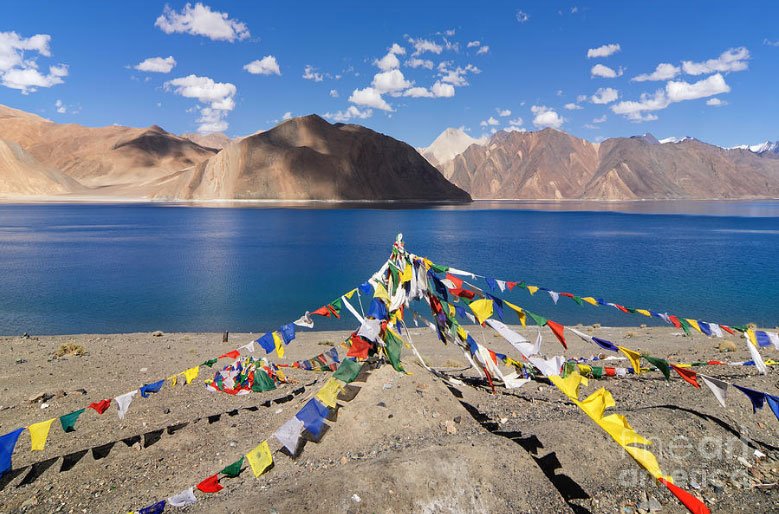
The smaller flags (called “Dachog” in Tibetan language) that we see on vehicles have a single word on each flag. The main mantra of Buddhism is om, ma, ni, pad me, hum.
These flags are changed once a year during the Tibetan New Year, known as Losar. On the third day of Losar, these flags are replaced and put up at various events, and it is believed that the more faded the flag gets, the more it has worked.
The above information is about Ladakhi Lung Dar. If you want to know more about Ladakhi Lung Dar, feel free to ask questions in the comments. “Thank you.”

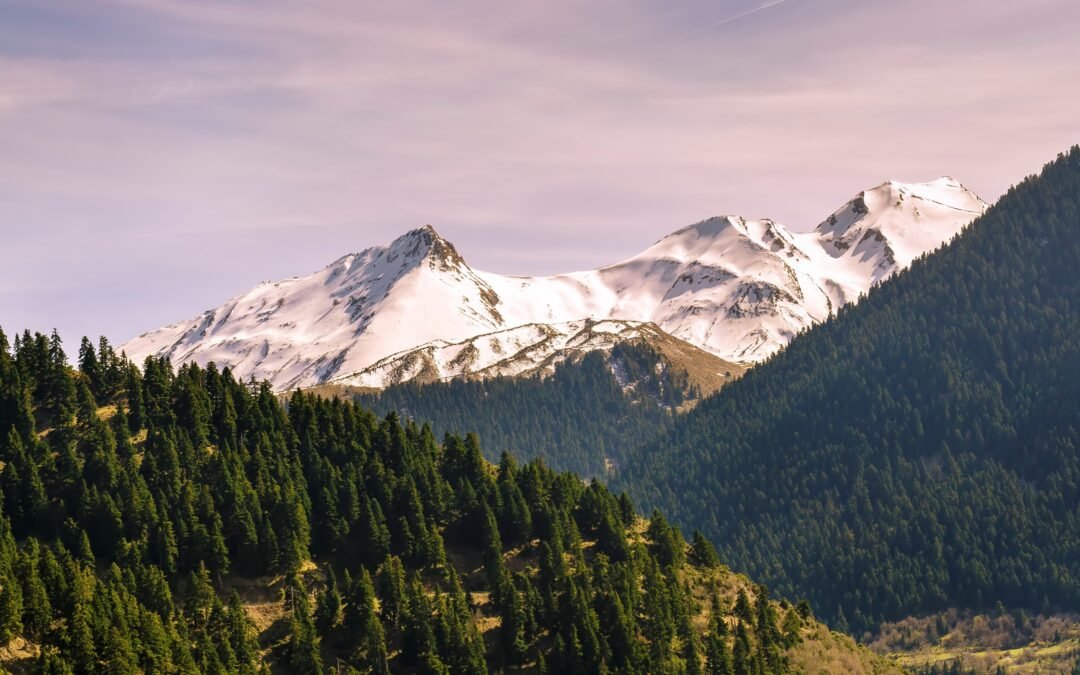
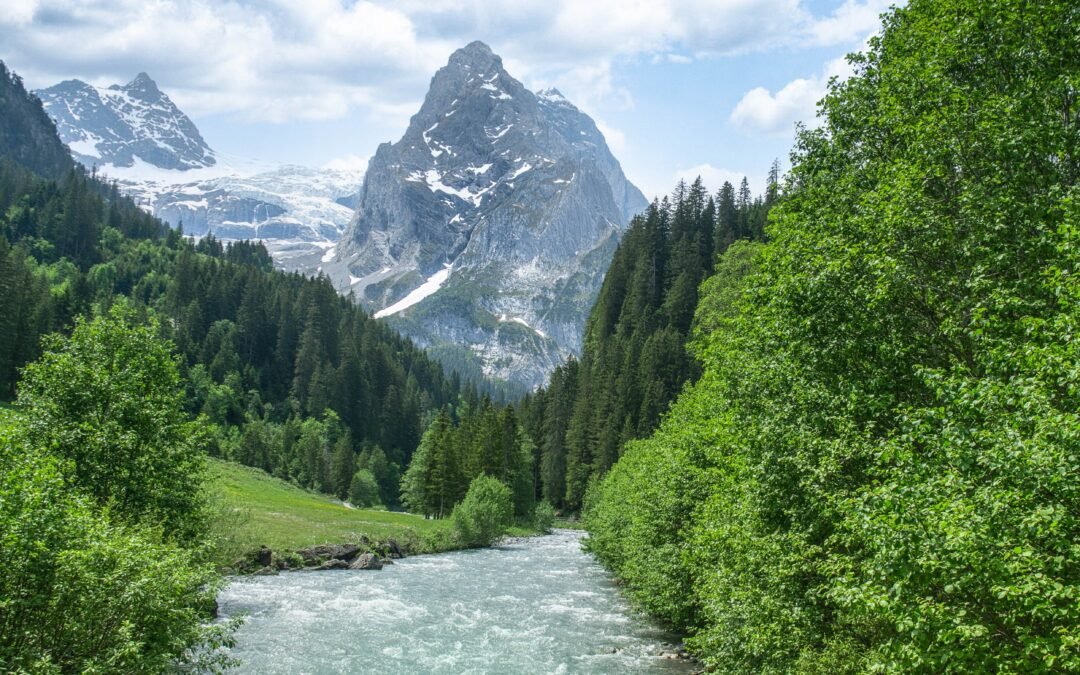
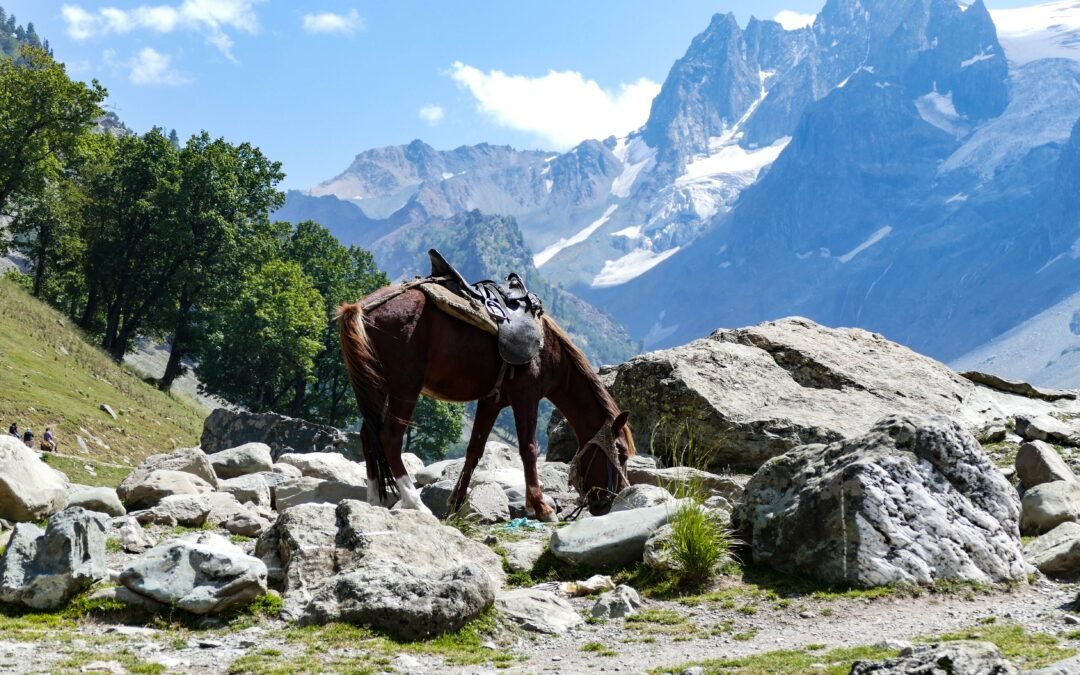
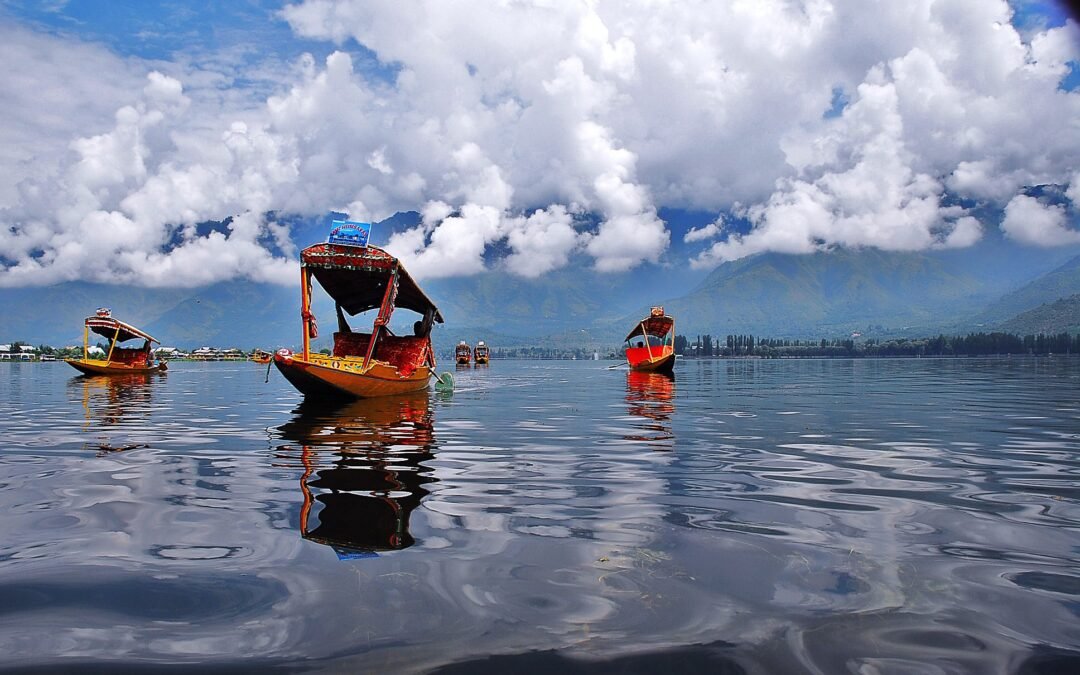
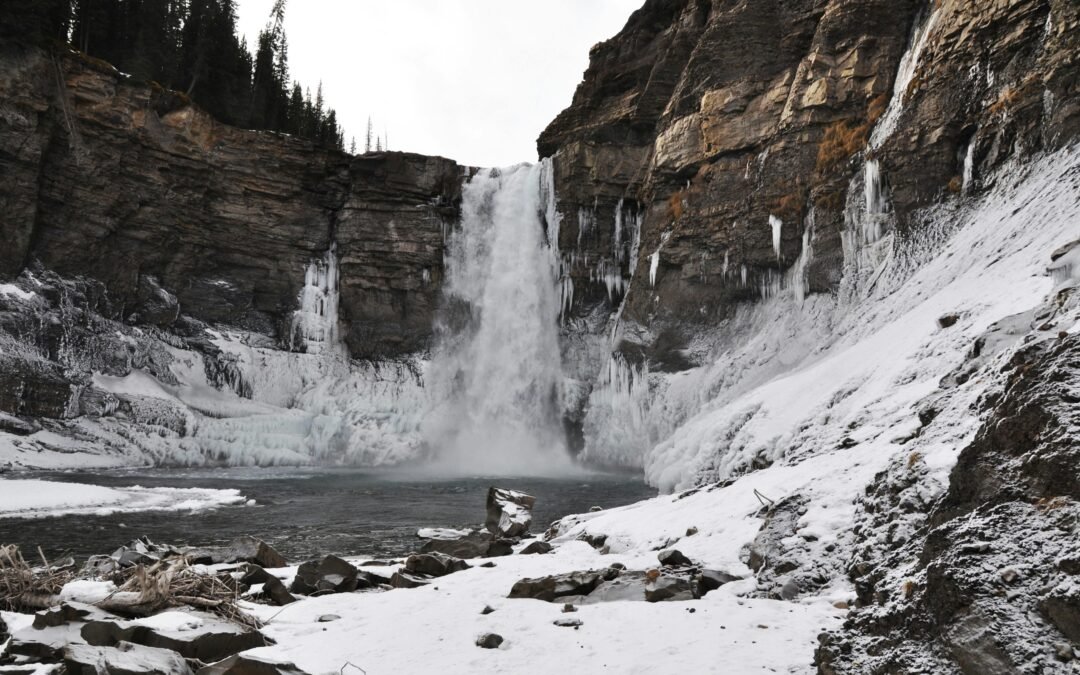
0 Comments